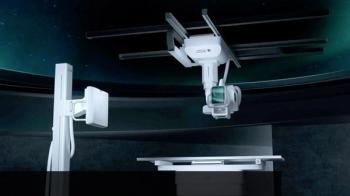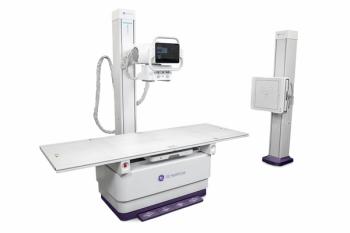
- Diagnostic Imaging Vol 32 No 9
- Volume 32
- Issue 9
Fujifilm embraces flat-panel DR
It is the end of an era for Fujifilm. For decades the Japanese firm has touted computed radiography as the way to transition from film to digital radiography.
It is the end of an era for Fujifilm. For decades the Japanese firm has touted computed radiography as the way to transition from film to digital radiography. But now the company has moved on.
Since obtaining FDA clearance in July to market its portable flat-panel detector in the U.S., Fuji has embraced solid-state electronics as the preferred way to go digital. Fujifilm executives themselves are promoting the new portable detector, called D-EVO (Digital Evolution, which weighs six pounds and measures 14 x 17 inches, as better than computed radiography (CR) for retrofitting film-based radiography rooms.
“CR was really the cost-effective, logical solution for many years and in many situations. But we have seen great demand from our customers and from the market in general to really take advantage of the benefits that DR has to offer,” said Penny Maier, marketing director of imaging systems at Fujifilm Medical USA.
Fuji is entering the DR market with a bang. “D-EVO offers quicker workflow, quicker image availability, and improved image quality,” she said.
It is sobering to hear such a testimonial coming from Fuji, which, more than any other company, made CR a staple of modern x-ray. The company introduced medical CR to the U.S. in 1983. Over the past several decades Fuji has installed more than 35,000 of its CR systems worldwide.
Some hear in Fuji’s move to D-EVO a death knell for CR. But the bell that tolls for CR is a distant one. Just as film has persisted for many years despite digital technologies, CR is likely to continue. Its appeal as an economical way for facilities to enter the digital age will remain intact, especially for low-volume providers.
Articles in this issue
about 15 years ago
Overlap shifts to help urgent findings communicationabout 15 years ago
Spectral CT IDs heart plaque better than conventionalabout 15 years ago
MRI, MRS scans reveal who will lose weightabout 15 years ago
Cardiac MRI shows heart adaptations in triathletesabout 15 years ago
Sheryl Crow teams up with breast cancer centerabout 15 years ago
New meaningful use rules spell opportunity for radiologyabout 15 years ago
Meaningful use: The government's billion dollar gift to radiologistsabout 15 years ago
MSCT moves ahead of DSA for peripheral arterial diseaseabout 15 years ago
CT and MRI drive awareness of vascular liver disordersabout 15 years ago
In a disaster, Homeland Security has plans for youNewsletter
Stay at the forefront of radiology with the Diagnostic Imaging newsletter, delivering the latest news, clinical insights, and imaging advancements for today’s radiologists.




























